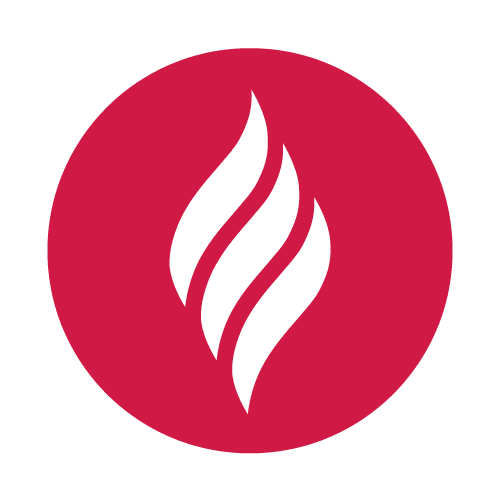Wildfire season can pose many dangers before, during, and after a wildfire occurs; making a wildfire action plan at the start of every wildfire season is essential for the safety of your family and home. Unfortunately, the aftermath of a wildfire still poses risks to you and your family, even once the fire subsides. If you and your family have recently been affected by wildfires, it’s crucial to remember the following tips when planning to return home.
What to Do After a Wildfire
After a wildfire, follow these tips to ensure you have the safest possible return to your home:
-
Check that there’s a plan in place for the removal of ash and debris by professionals.
-
Don’t attempt to return home until your local authorities determine it is safe.
-
Ensure water, electricity, and other utilities are restored to your community.
-
Check with your water provider to ensure the water is safe to drink. After wildfires, water can become infected with bacteria. If this happens, you need to heat your water to a rolling boil and boil it for one minute to make it safe for drinking.
-
If your water provider indicates chemical contamination in your water supply, you must use a water filter or drink bottled water. For more information about water, explore the following resources:
-
A loss of power might mean the food stored in your refrigerator or freezer has spoiled. If food has been warmed to room temperature for over two hours, you must throw it away. This resource from the CDC will explain more about food safety.
Understanding Post-Wildfire Hazards
One of the most important things to do after a wildfire is to keep yourself and your children away from structural hazards that might cause injury. Many of these areas look intriguing or tempting for children to explore. Make sure your kids understand the potential dangers of each of these hazards:
-
Debris, including broken glass, wires, nails, and other objects, can be sharp, cause puncture wounds, and carry diseases.
-
Ash pits are holes filled with hot ashes caused by burned trees and stumps. They may appear cold on the surface but can be fiery and dangerous underneath.
-
Unstable buildings pose a danger to people because they may appear normal outside, but inside has sustained structural damage that makes the structure susceptible to collapse. Children should be cautioned not to go into buildings that haven’t been inspected and approved to reenter. Additionally, use caution with roadways and bridges. Avoid use until they have been reviewed and determined safe for travel.
-
Wild, stray, or injured animals can be disease carriers and pose health risks for children.
-
Ash can also be a significant hazard. It is irritating to the eyes, nose, throat, and skin. Make sure your child does not play in ash. When cleaning it from your home, avoid spreading it in the air by spraying it with water and then wiping it away. Don’t use leaf blowers or vacuums.
Keeping Your Family Safe
If you or your child has come in contact with ash or other wildfire-damaged substances, wash any areas exposed to ash with warm soap and water. Remove any ash-covered clothing and wash it separately from the rest of your clothes as soon as possible.
Wildfire season can be exceptionally problematic for those with chronic respiratory conditions, especially for children. Even after a fire is extinguished, monitor your child closely for symptoms like coughing, wheezing, or chest tightness.
Planning and preparing for a wildfire is vital to keep yourself and your family safe. If you have questions on how to prepare best, we’re here to help. Contact your local District Office or visit our Facebook, Twitter, and Instagram pages to stay informed.


